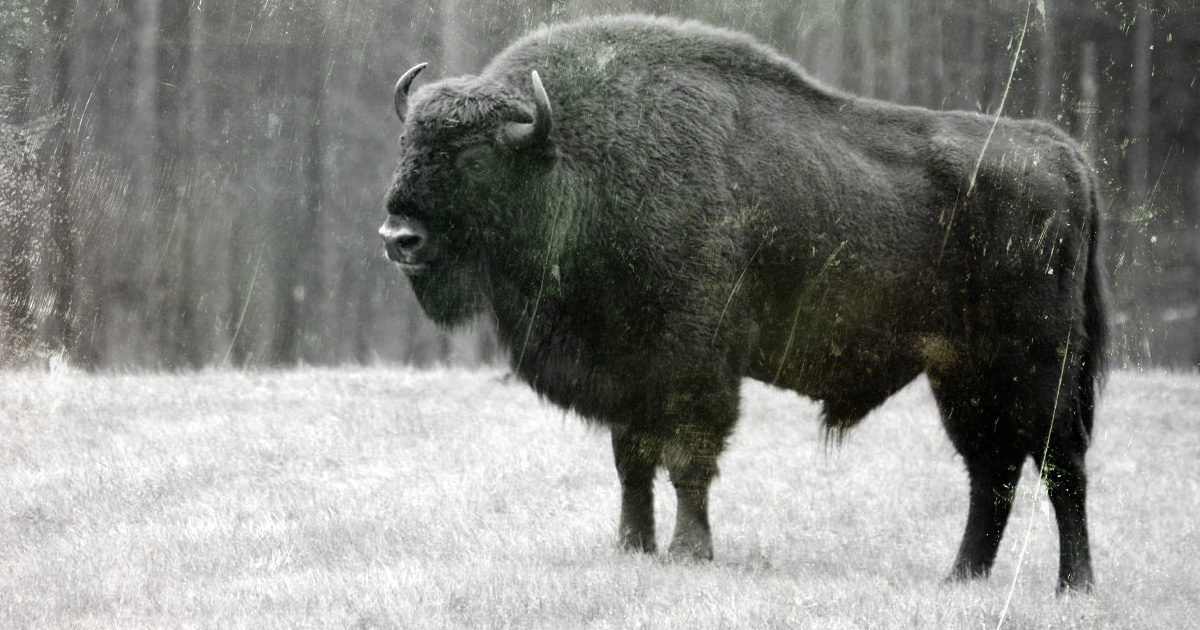In 2012 in the United States, “National American Bison Day” was established on the calendar, celebrated on the first Saturday of November. Even in 2016, former President Barack Obama sealed a designation declaring the bison as “America’s National Mammal,” making it the country’s second-largest animal symbol along with the bald eagle.
In 1924, a Lasky film company production brought 14 bison to Santa Catalina Island. The island is located 35 km off the coast of California. Bison are generally found on the plains of Wyoming or Montana, where they graze peacefully.+

Historians have not discovered if the film where these animals would appear is “The decline of a race” or “The cursed horde”, since the footage corresponding to the bison did not appear in either of the two productions.
At the end of the recordings, all the staff of actors, scriptwriters, cameras and directors moved to the mainland. Still, they could not move the bison because the costs of transporting the live animals were too high, and the production had spent all its resources, so they decided to leave them doing the best they knew how to graze and reproduce.

This situation reached the ears of the businessman and magnate of the chewing gum industry, William Wrigley, who, concerned about the lack of genetic variation of only 14 specimens, decided to transfer 24 more specimens. By the 1960s, the bison population had grown so much that it threatened to unbalance the island’s habitat and biodiversity.
This was when government transfers from the island to the mainland began to control the growth of the bison herds. However, the costs were still high for anyone wanting to move the animals, so a new solution came along.

A new strategy was implemented through a contraceptive vaccine called PZP. This vaccine fools the immune system of females by getting their antibodies to bind to the eggs so that no sperm reaches its destination. This program achieved that only 10% of the females had pups. That is, about 9 out of 10 were not fertilized. By 2015 the program was stopped so the species could grow its numbers again.
